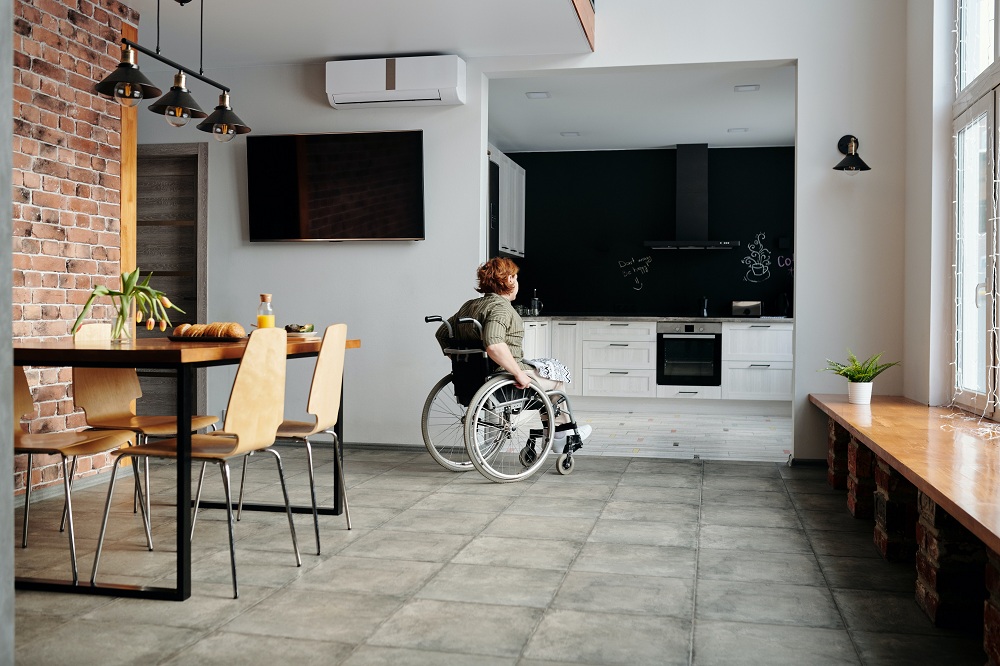Accessibility in your home may be vital for certain individuals to live comfortably. This could be for older people, disabled people, children, and so many other different reasons why someone might need more accessible household features. This is your guide to the best ways of creating an accessible home without breaking the bank or undertaking huge renovations.

Ways of Making Your Home Accessible
01. Grab Bars

You may question- what does a grab bar do? Simply put, grab bars will increase the safety and security of your home just by being within grabbing distance of vulnerable individuals. An example of this is in the bathroom- a grab bar can be placed on the wall surrounding the bathtub to make entering and leaving the bath a much simpler process for those who have difficulty lifting themselves up. In addition, these bars have the potential to look stylish and elevate your bathroom if you purchase one that matches your décor.
02. Do Your Research
If someone in your household, for example, has befallen an accident recently which has left them wheelchair-bound for the foreseeable future, then it is vital to make your home as wheelchair friendly as possible.

It is strongly recommended that you search what wheelchair users online advise to do, as this advice will come from a place of experience and a genuine care to help other wheelchair users feel as comfortable as they can. Generally speaking, these adjustments will include widening your doorways and hallways.
03. Think About Storage Spaces

In rooms such as your kitchen, you will have a lot of equipment stored in your cupboards that you will use near enough on a daily basis. Think about the way you are storing this equipment. If you are an elderly person, for example, and you are consistently dragging heavy equipment off your high shelves, there is potential there for you to cause an injury. Instead, consider placing your items between waist and shoulder height. This may seem like an insignificant change to make at the time, but in the long run could save you a lot of strain.
04. Consider the Colours in Your Home

For individuals with dementia, this topic is especially relevant. Dementia can affect how well someone can tell the difference between colours, so consider repainting your walls to contrasting colours in order to aid accessibility and potentially reduce the amount of falls and accidents the person with dementia may have. Better lighting will also help with this, so do what you can to minimise glare, reflections and shadows.
05. Consider High-Tech Features

While this may not be the most financially-friendly option, installing features in your home such as voice activated commands and touch pad/drawer systems could potentially hugely reduce the amount of daily strain and aches you may go through. There are more manual options that do not delve into expensive territory, however. For people with arthritis, for example, even doing things such as opening a drawer with a handle can be difficult because of the amount of pain it causes. To solve this, consider getting a drawer that opens when you gently push it rather than from being pulled.
Making your home wheelchair-accessible can boost its value while making it easier for loved ones to use and enjoy. Consider the following Important Pointers to Make Your House Wheelchair-Friendly.